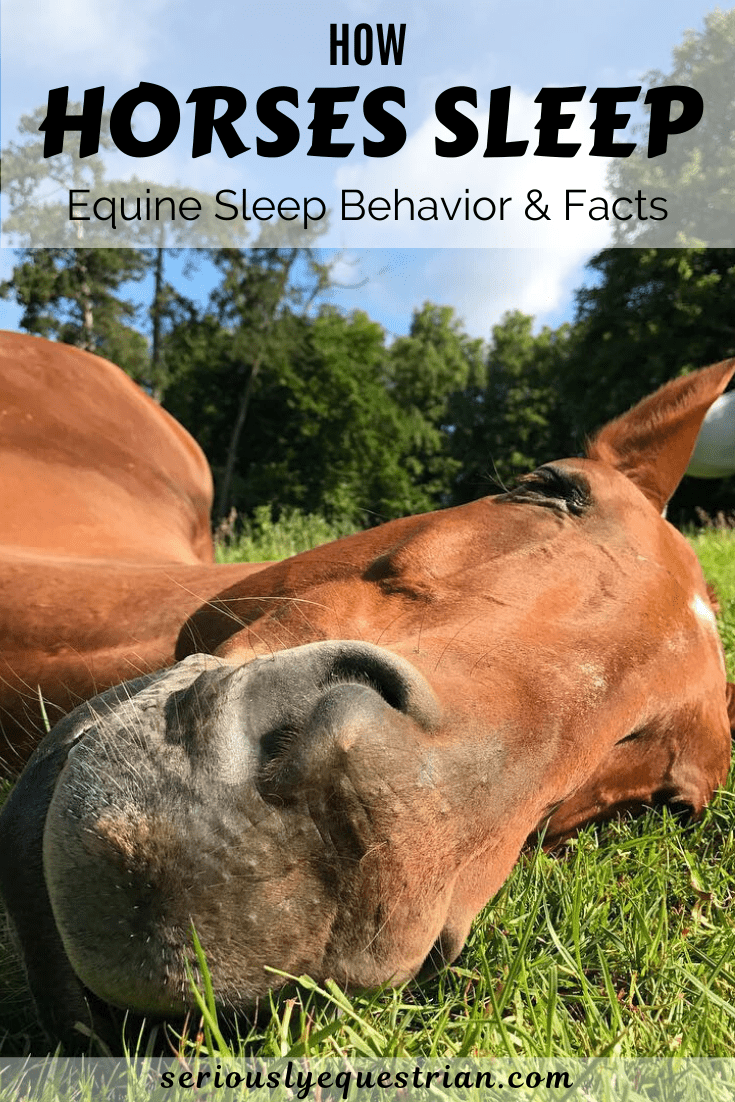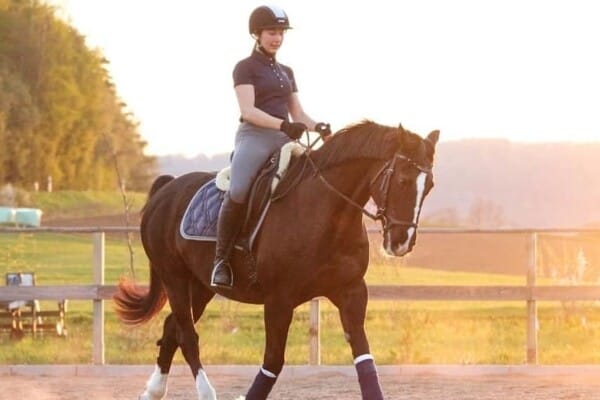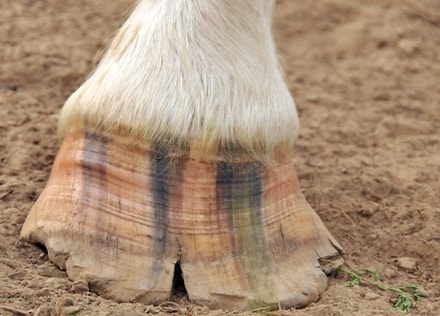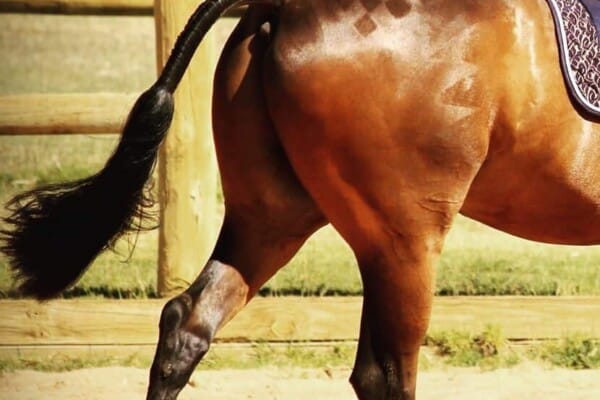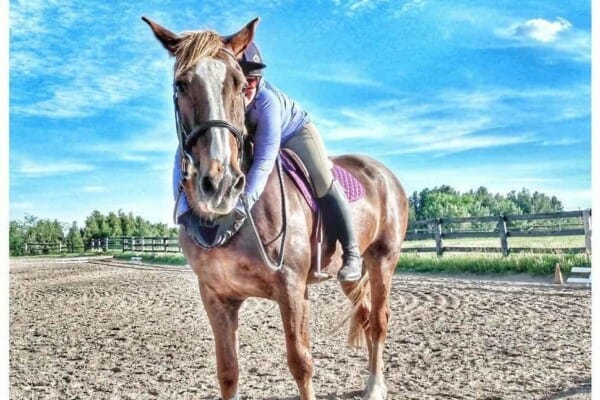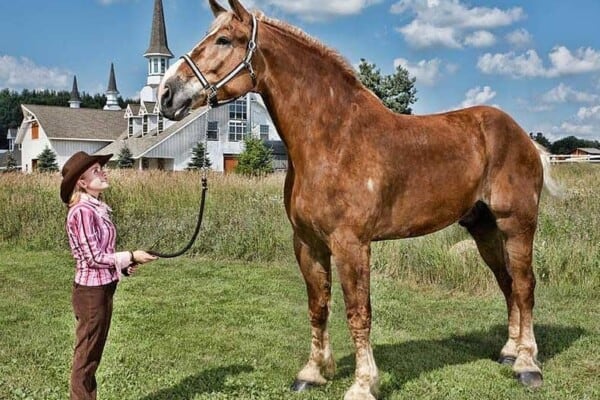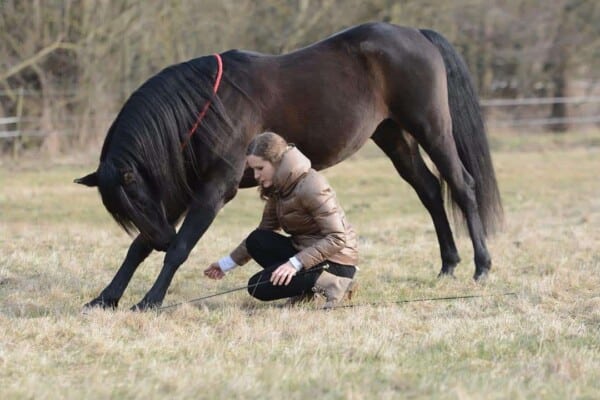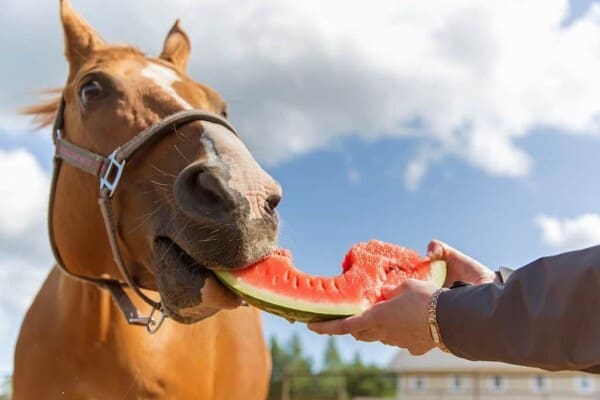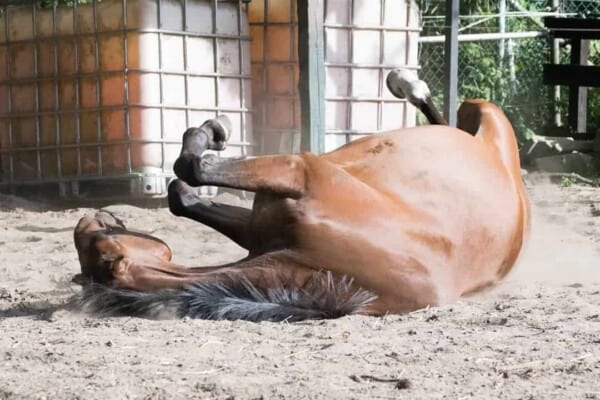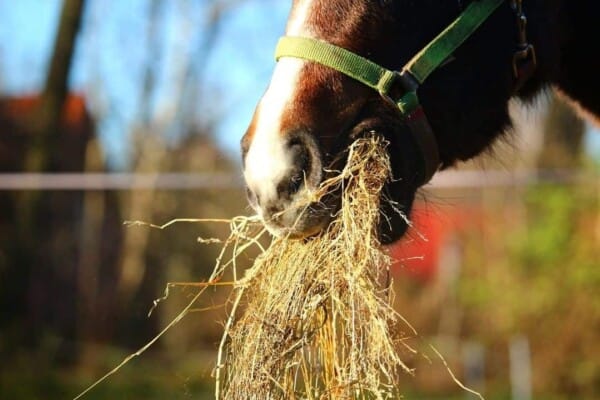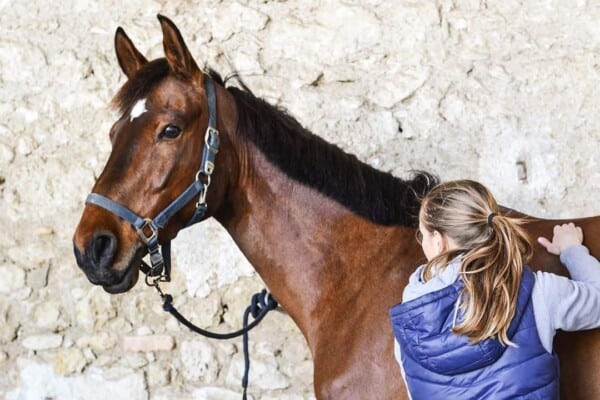How many times have you paused by a field and wondered if the flat out and prone horse in the sunshine is still breathing? Horses can really sleep in the field and the stable. To the uninitiated can look like they have died.
Here are some interesting facts about horse sleep behavior. Some of these you may already have observed but some of the more unusual ones may be new to you.
- Horses sleep standing up – an evolutionary trait designed to allow them to speed away from danger at a moments’ notice. To prevent them from falling over, the horse has the ability to lock the front legs and a passive stay mechanism in the hind leg which fixes the leg in place requiring less conscious effort and energy for the horse to remain upright allowing him to dose off
- Horses don’t need 8 hours – unlike humans, horses do not need long periods of uninterrupted sleep. Biologically, horses have adapted to having sleep interruptions which is a trait of being a flight animal and also a grazing animal that is constantly on the move
- Horses sleep lying down – all horses require some period of recumbent sleep to fulfill their sleep needs. Horses will also sleep lying down flat out on the floor and it is not uncommon to see one or two of the group standing and dozing on sentry duty for their prone companions in the field. This is when horses experience a deep sleep called the REM phase – Rapid Eye Movement. REM sleep often happens late in the evening which is why many owners do not observe it. Side sleeping is called lateral recumbency. Sternal recumbency is when the horse lies down over his breast bone with his legs curled underneath him
- Horses suffer sleep deprivation – if they are prevented from lying down, for example, due to an injury or some kind of environmental restriction such as inadequate space or adverse weather
- Extra sleep needed – young horses which are growing and older horses may need more sleep just like other species including humans
- What does cast mean? – this is when a horse has gone to lie down either to roll or to sleep and has become stuck against a wall of the stable and cannot get up. Helping trapped horses to their feet is a skill with requires experienced handlers. It is possible to roll the horse over by tying a lunge line one each to the front and hind leg furthest away. But it is essential that there is a third person to cradle the horse’s head and neck as he is rolled over otherwise he can suffer serious damage
- Beware rubbing matting – theoretically, if the horse lies down on earth in the field then he should be happy to lie down on rubber matting but research shows that horses like soft surfaces to sleep on. Studies revealed that horses stabled on rubber matting alone lay down much less than those with a conventional bedding of straw or shavings
- Hierarchical sleep deprivation – in a designated rest and sleep area like a field shelter, if space is limited, those horses higher up in the pecking order will not allow the lower ranking horses to lie down and sleep. This is a form of assertion and a way of maintaining the hierarchy but if the horses are given more room, then this behavior is not so prevalent
- Insecure horses need company – some horses are less self-contained and if they are on their own in the yard or in a new environment, may need the presence of a companion in order to feel secure enough to sleep
- Horses love R&R – if the yard is too busy or noisy, some horses may struggle to get enough rest, the same applies if lights are being constantly turned on and off
- Impact of illness – pain and discomfort will affect a horse’s ability to sleep and quality of sleep much as it would a humans’
- Average sleep time – horses sleep an average of three out of any twenty-four hour period
- Horses do dream – many horse owners have observed their horses twitching their legs, flicking their ears, eyelids fluttering and moving their muzzles when lying down in REM sleep. It seems that horses, like cats and dogs, do dream but what they dream about still remains a closely guarded secret. The best guess is that they relive familiar experiences from their daily lives
- Horses are individuals – each horse will have his own sleep pattern and favorite location in the box or field
- Humans dreaming of horses – you don’t have to be horsey to dream about them. Horses are said to symbolize personal drive and desire, a passion for success or personal freedom. Freud said that horses in dreams represent the dreamer’s sexual drive and power
With a stabled horse, the best way to observe sleep patterns is via CCTV. Some stables and barns have this installed for security or for mares who are foaling so it is quite easy to spy on your horse’s nighttime habits.
How to ensure your horse has a comfortable night’s sleep
A safe peaceful environment with adequate bedding and forage is the best way to ensure your horse can get rest at nighttime. Horses love routine and so after late-night stables, switch off all the lights and leave them in peace. Don’t leave a radio on as this is very disruptive.
In adverse weather, horses need to be warm enough but don’t over rug as overheating horses makes them very uncomfortable and may cause colic. Rugs need to be correctly fitting and comfortable and appropriate for the overnight temperature. Stable bandages are an excellent option for older horses who are prone to becoming stiff; they help keep the joints warm and more mobile and can encourage elderly horses to lie down and sleep.



